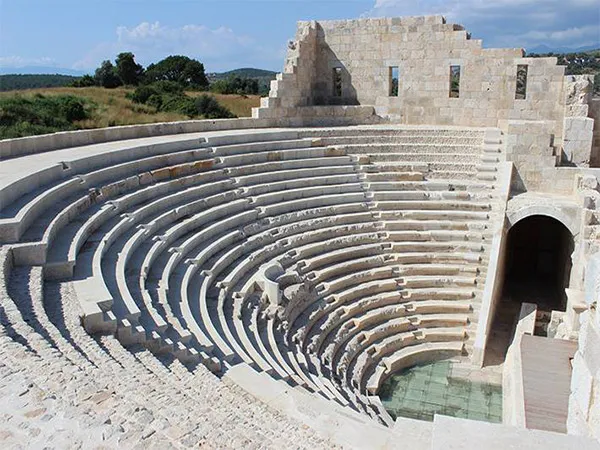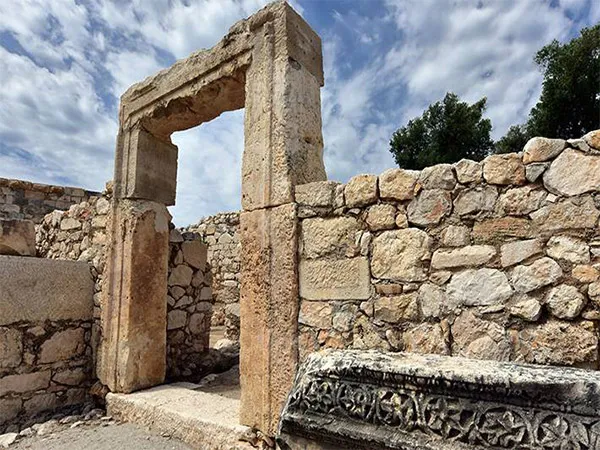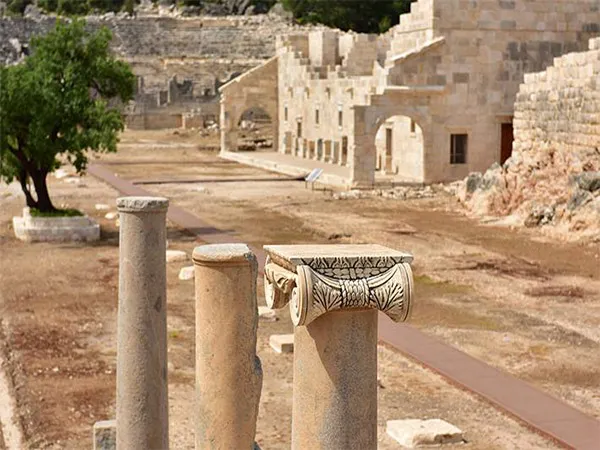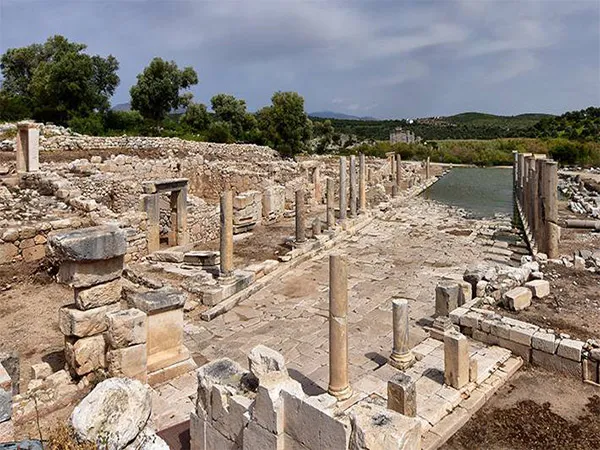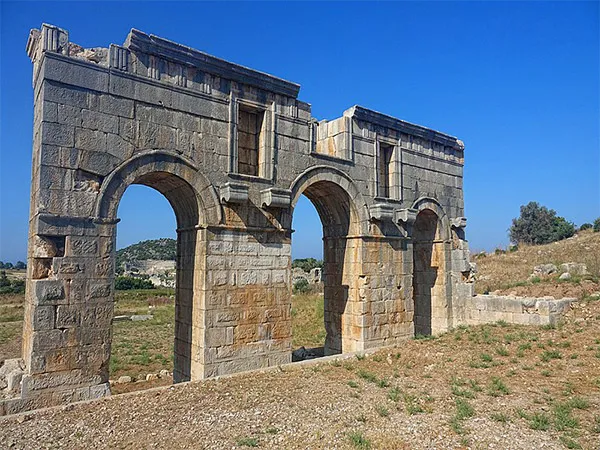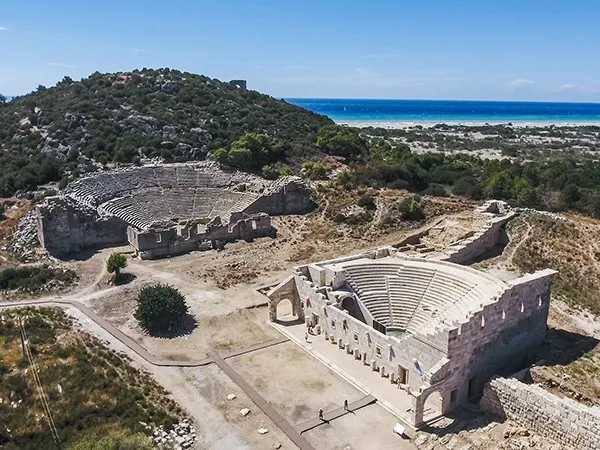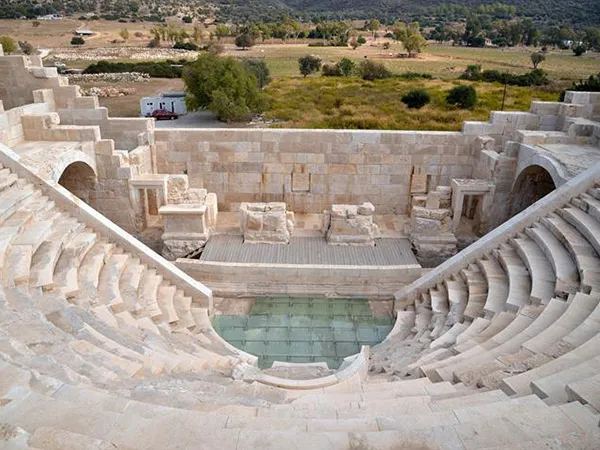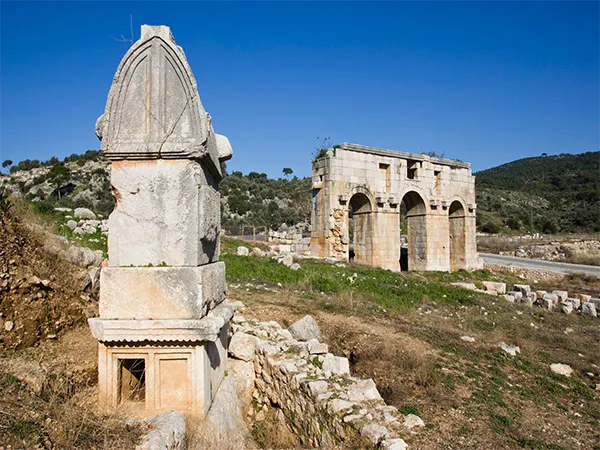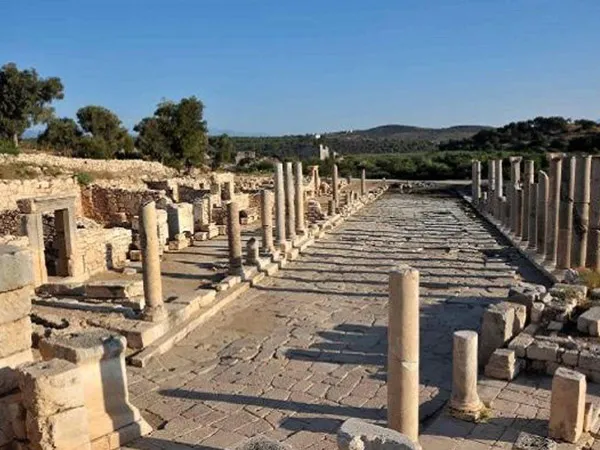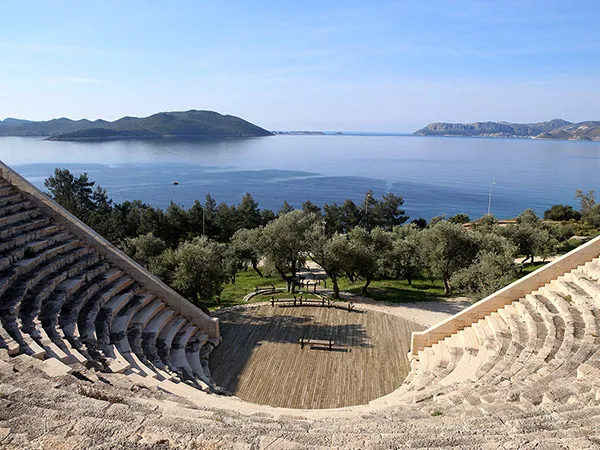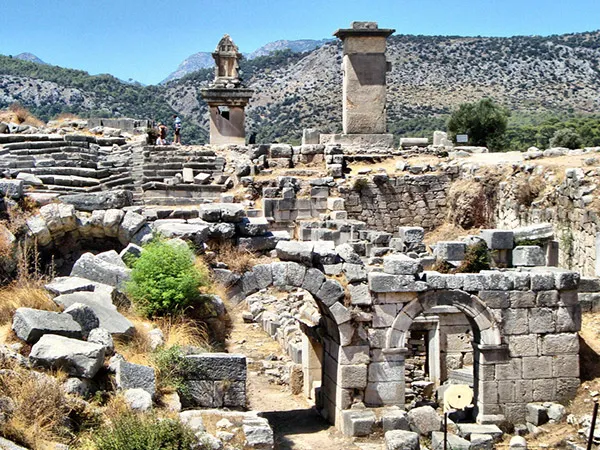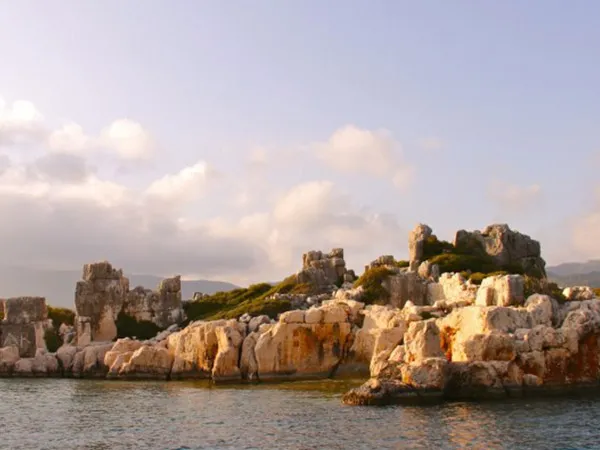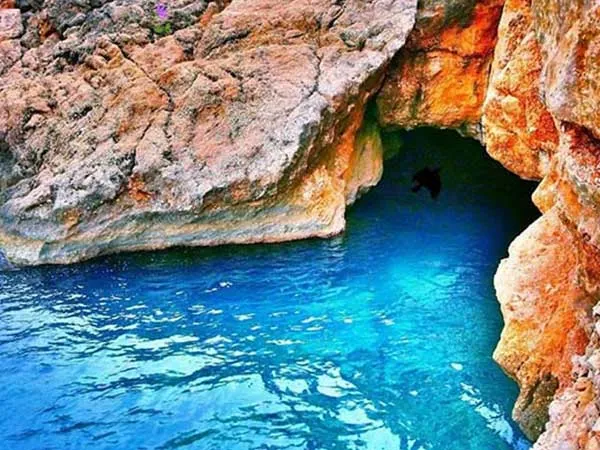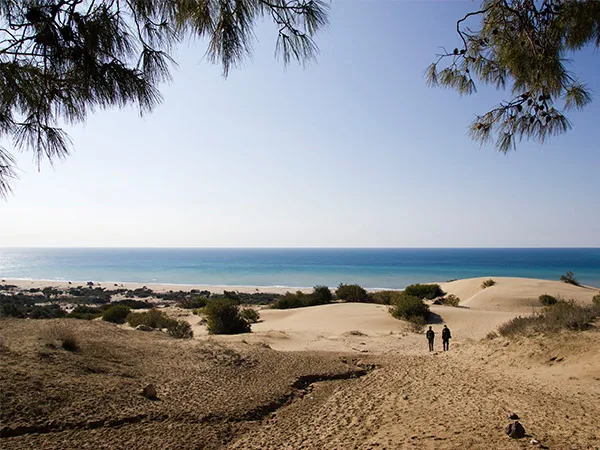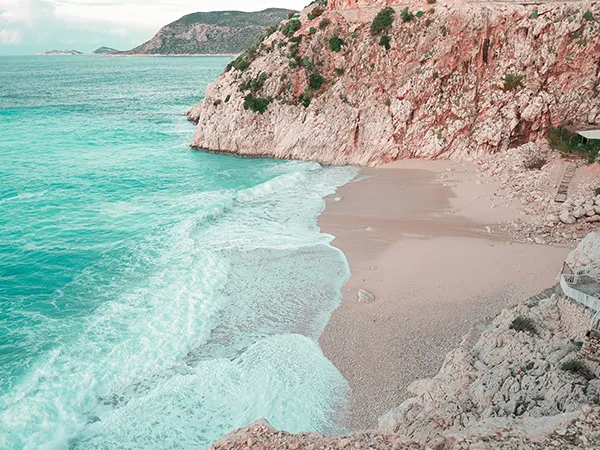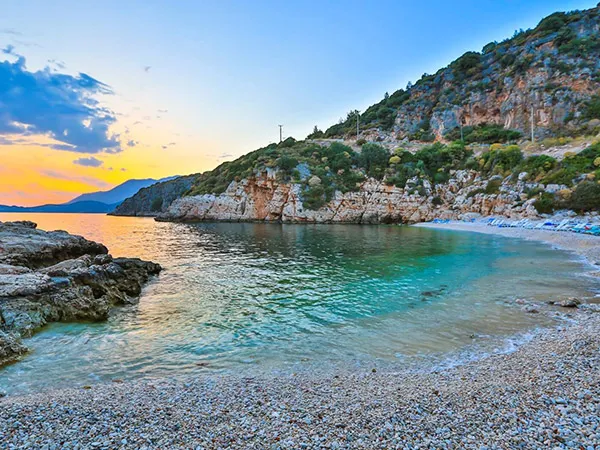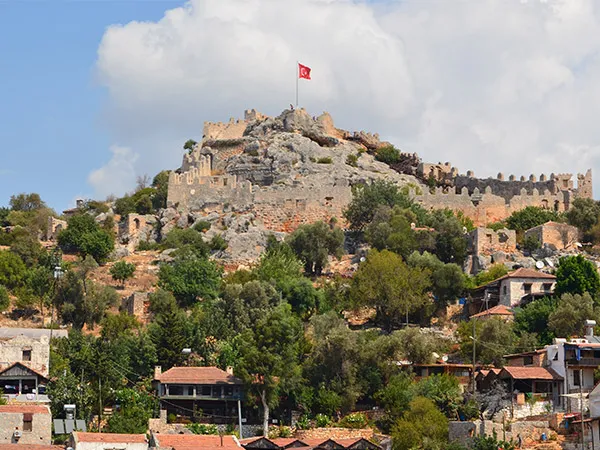Patara Ancient City, located in the Kaş district of Antalya, is a historic site and one of the most important cities of the Lycian Civilization. This ancient city enchants its visitors with its historical richness and natural beauty.
Where is Patara Ancient City?
Patara Ancient City is situated near the village of Gelemiş in the Kaş district of Antalya, along the Mediterranean coast. It is approximately 200 kilometers from Antalya city center and about 43 kilometers from Kaş.
How to Get to Patara Ancient City?
Reaching Patara Ancient City is quite easy. You can take buses to the village of Gelemiş from Antalya or Kaş. Additionally, you can easily reach the site with your private vehicle or a rental car. From Gelemiş village, you can walk or take minibusses to the ancient city.
Features of Patara Ancient City
Patara is one of the most important cities of the Lycian Civilization and hosts many historical structures. In the ancient city, you can find the Lycian League's parliament building, theater, lighthouse, baths, and an ancient road. Additionally, Patara Beach, one of Turkey's longest beaches, is a nesting area for loggerhead turtles (caretta caretta).
Things to Do at Patara Ancient City
By visiting Patara Ancient City, you can explore the historical ruins, walk around the ancient theater, and discover the Lycian League's parliament building. You can also sunbathe and enjoy the sea at Patara Beach. Additionally, you can take nature walks to explore the surroundings of the ancient city.
Historical and Cultural Significance of Patara Ancient City
Patara is one of the most important port cities of the Lycian Civilization, with a history dating back to the 5th century BC. Known as the capital of the Lycian League, Patara has been influenced by many civilizations throughout its history. The ancient city was also an important center during the Roman and Byzantine periods. Today, Patara Ancient City continues to enchant its visitors with its historical and cultural richness.
While You Are Here
The ancient city of Patara is close to the route of the “Lycian Way” walk, but the magnificent beach right next to it is not to be missed. It is one of the most beautiful beaches in the Mediterranean and the beauty of the sandy beaches is unforgettable. This 18-kilometer Patara Beach is also one of the rare beaches of the Mediterranean sea turtles Caretta caretta nesting eggs for millions of years.
